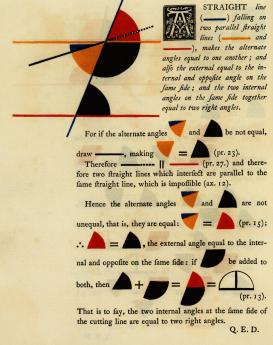This research project aims to trace a long-term history of the axiomatic method and the axioms employed in mathematics, from Euclid’s Elements (c. 300 BCE) to Hilbert's Grundlagen der Geometrie (1899). It builds on some of my previous research (especially The Development of Euclidean Axiomatics, “Archive for History of Exact Sciences,” 2016), which showed that the hundreds of editions of Euclid’s Elements published in the Middle Ages and the early modern age grounded the same results of elementary mathematics in over 350 different axioms. The extent of this phenomenon was still largely unknown, and the standard view was rather that the important nineteenth-century works on the foundations of mathematics (by Pasch, Peano, and Hilbert) directly corrected and extended Euclid’s own axioms. On the contrary, the history of the Euclidean tradition shows that discussions about the axiomatics of elementary mathematics continued without interruption from classical antiquity to modern times, exploring hundreds of different foundational paths. Discussions of axioms in the modern age include the principles of continuity and intersections, congruence and rigid motion, proportion theory, number theory, mereology, and then of course the new domains of algebra and infinitesimal calculus.
The present research aims therefore to reconstruct the complex history of pre-modern axiomatics, from both the technical-mathematical and epistemological points of view. To do this, it must make use of a number of separate texts and doctrines, belonging to very disparate eras, regions, and cultural milieus.

